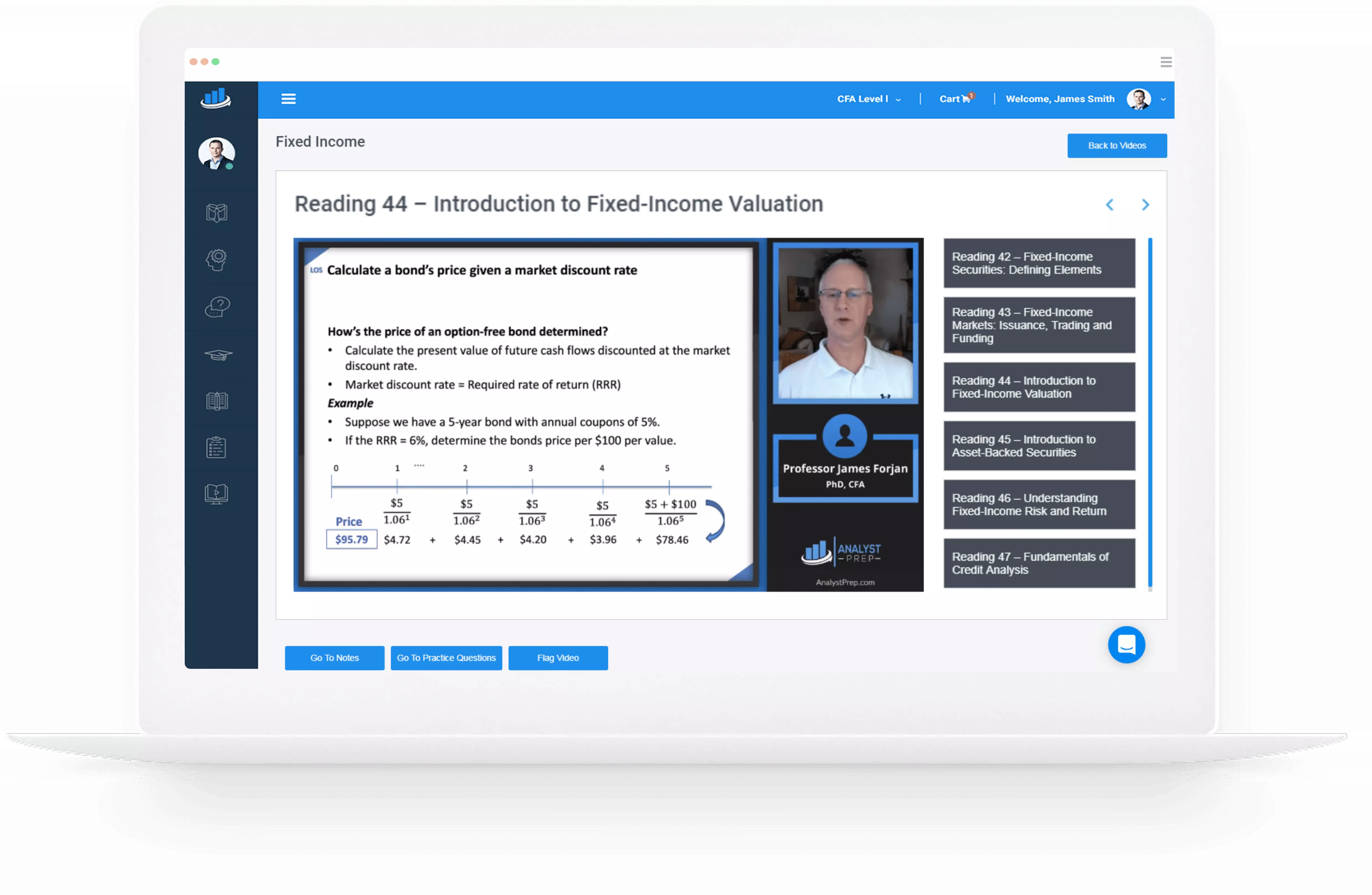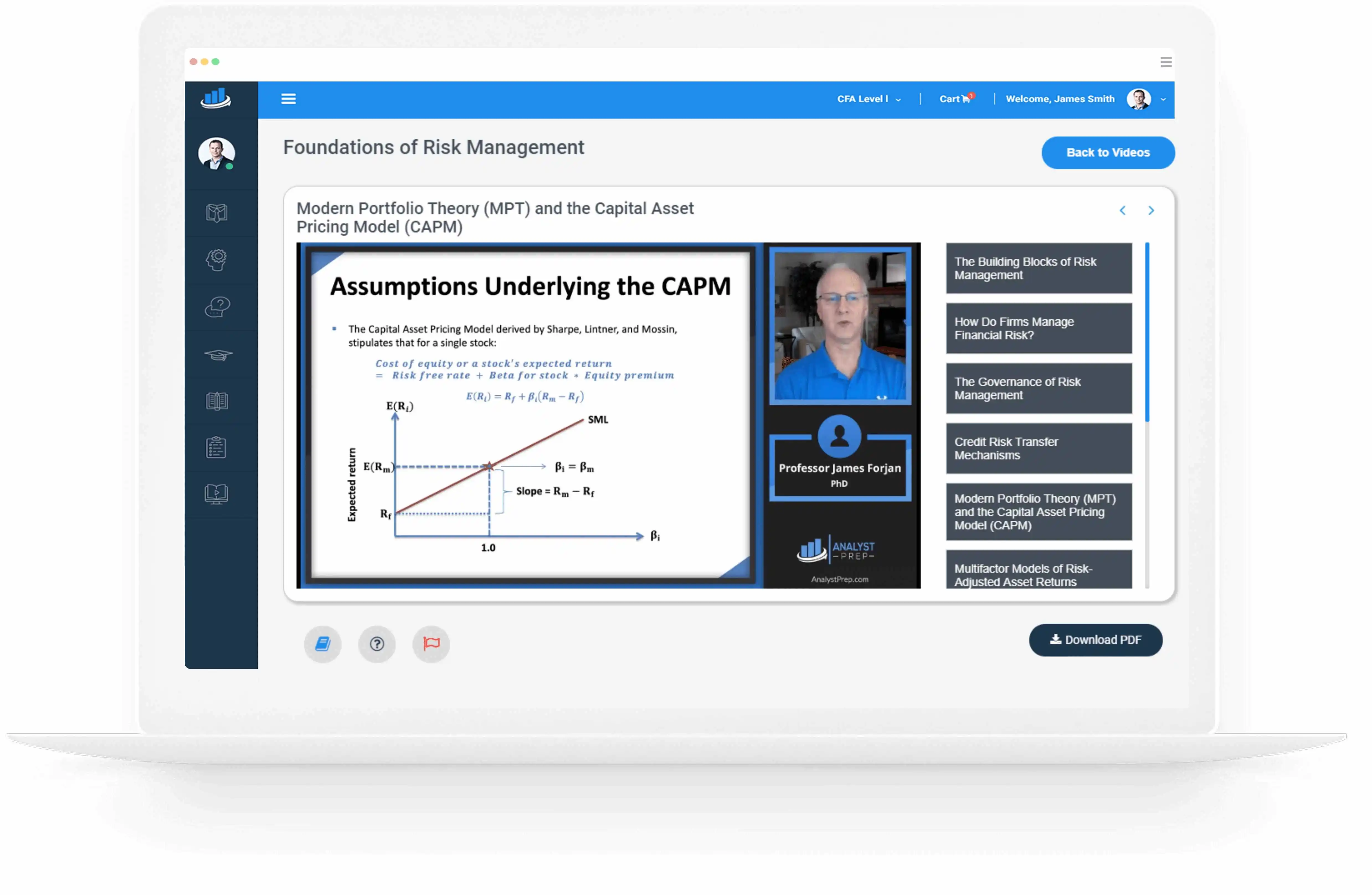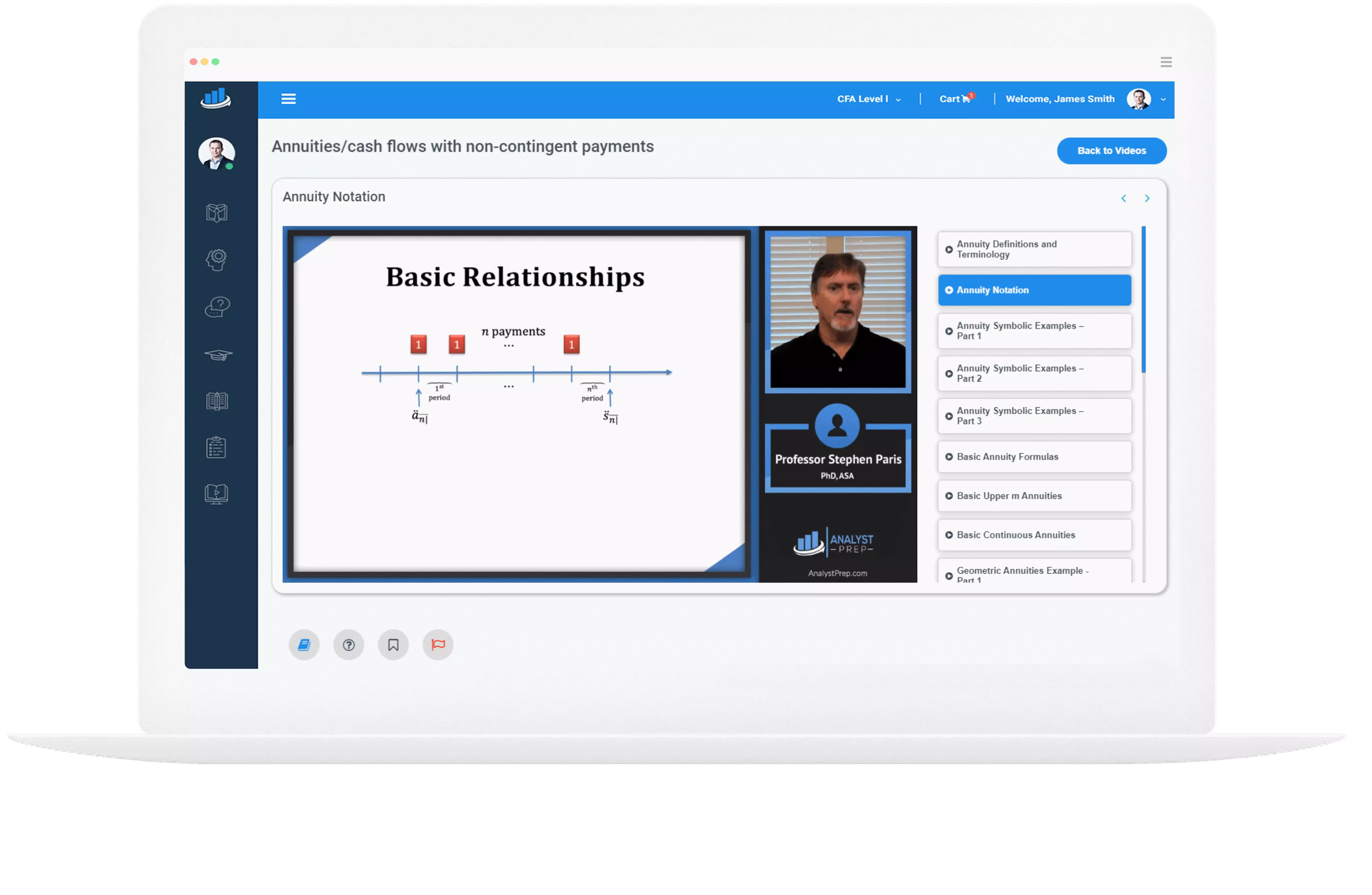Professional Conduct Program
The Code and Standards are mandatory for all CFA Institute members and CFA Program candidates. The Professional Conduct Program (PCP) is overseen by the CFA Institute Board of Governors, and it, along with the Disciplinary Review Committee (DRC), ensures compliance…
Financial Modeling and Valuation for Post-Employment Benefits
Financial Modeling for DC Plans Modeling DC plan expenses is integrated within operating expense predictions. By forecasting SG&A (Selling, General, and Administrative) expenses, you are indirectly also modeling the DC plan expenses for employees within those operations. The reason this…
Effects of Post-Employment Benefits on Financial Statements
Post-employment benefits are provisions offered by employers to their retired employees. These benefits can have various implications on an organization’s financial statements. Nature of Post-Employment Benefits Types and Overview Post-employment benefits can be in the form of cash benefits like…
Share-Based Compensation in Financial Statement Modeling and Valuation
Share-based compensation is usually integrated into operating expenses on the income statement based on an employee’s role. When forecasting operating expenses or margins, analysts often implicitly consider share-based compensation. If, for instance, Research & Development (R&D) expense, which includes a…
Accounting for Share-Based Compensation
Share-based compensation is a form of remuneration where employees or other stakeholders are granted equity or options to acquire equity, often in the form of company stock. This method aligns the interests of employees with those of shareholders and does…
Study Notes for CFA® Level III – Alternative Investments for Portfolio Management – offered by AnalystPrep
Reading 27: Hedge Fund Strategies Los 27 a: Discuss how hedge fund strategies may be classified Los 27 b: Discuss investment characteristics, strategy implementation, and role in a portfolio of equity-related hedge fund strategies Los 27 c: Discuss investment characteristics,…
Monitoring Alternative Investment Programs
Overall Investment Program Monitoring Investors enter alternative investment programs with specific goals: risk reduction, return enhancement, income, or a mix of these. These programs are long-term commitments, so it’s crucial to continuously monitor their progress. Investors must ensure that their…
Liquidity Planning
When managing portfolios with alternative investments, managing liquidity risk becomes crucial. You need enough liquidity for: Periodic payments to beneficiaries. Rebalancing the portfolio or funding new asset manager mandates. Meeting commitments to private investment funds when they call for capital….
Approaches to Asset Allocation and Statistical Characteristics and Challenges
Modeling risks and returns for alternative investments is challenging due to two key factors: Stale Valuations: Private alternative investments often rely on appraisals for valuations, which can be outdated or artificially smoothed. This leads to underestimated fundamental risks when calculating…
Suitability Considerations
Investment Horizon Private real estate investments, private real assets, and private equity investments are generally unsuitable for investors with less than a 15-year time horizon. Assuming no new investments are made after the 7-year mark, an investment can take five…




